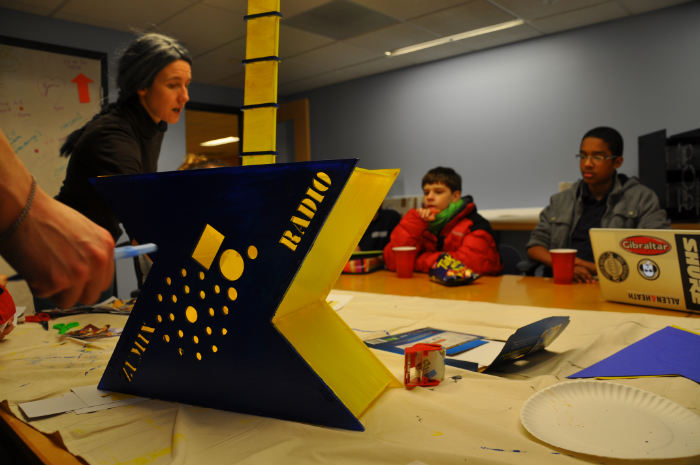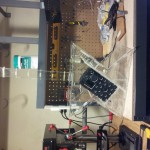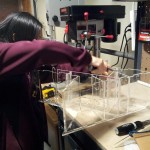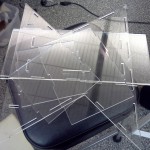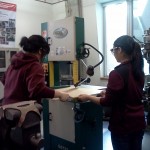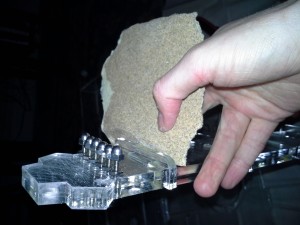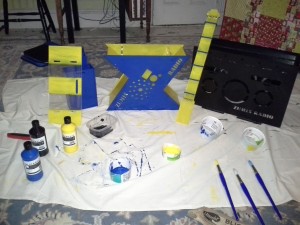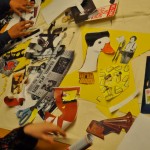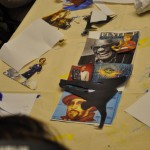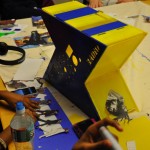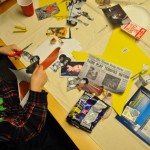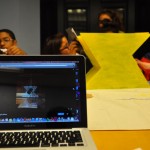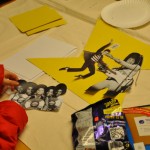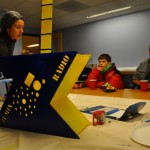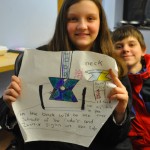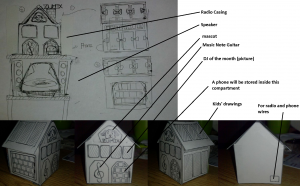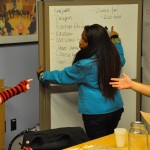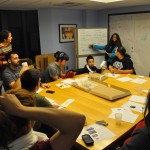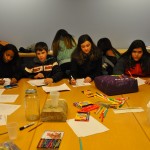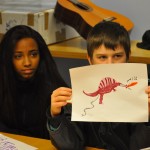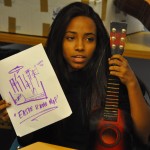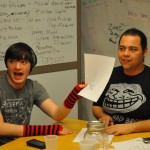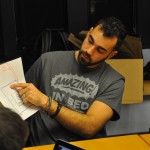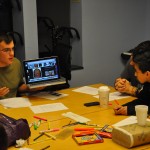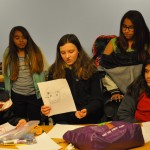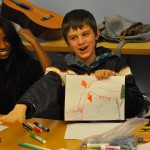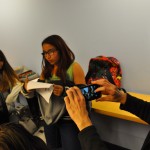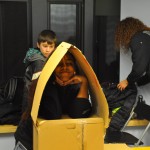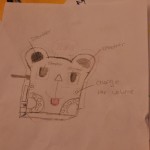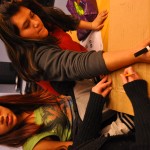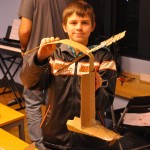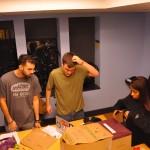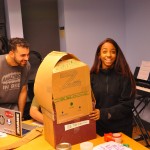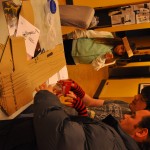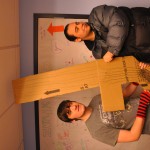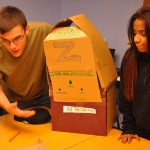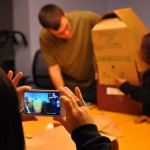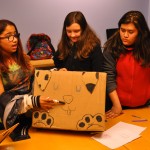The goal of our meeting at Zumix on November 4th was to work with a team of Zumix youth to narrow down a few physical design ideas and functions for the mobile streaming radio. To recap, the aim of the mobile streaming radio is to 1) live stream Zumix radio shows, 2) bring attention of people in the Zumix space and at Zumix events to the radio, 3) provide information about the radio such as show times and ways to get involved.
There was great turnout for the design event. 14 youth showed up and represented a wide range of ages and musical interests. After eating pizza and getting comfortable, we started by doing introductions since some of the youth were new to the group. Their descriptions of their radio shows were lively, and it was clear that many of them brought a lot of energy to their radio shows and that they are very invested in the music or talk-radio topic. We heard about Valentino’s show about video games, and his radio persona as the “Butter-God”. We also heard about another love-themed show that focused on the soul music of Teddy Pendergrass, Marvin Gaye, and others.
After doing introductions and recapping the progress we have made so far, we jumped right into a brainstorm of how the mobile radio will look, and how the functions will be integrated into the look. We encouraged the youth to think beyond the radio looking like a radio and encouraged them to think of it as a sculpture that represents East Boston, Zumix, or something else that they identify with. Some of the ideas from this initial brainstorm were a guitar, dragon, panda bear, East Boston skyline, a cheesebox, a jukebox, and a drumset. We then instructed the youth to draw out their ideas. Their drawings ranged from rough sketches to very detailed maps of the design, and also the functional elements such as volume control or scrolling text screens to give updates on shows. The youth then presented their drawings to the larger group.
After the presentations we asked if people wanted to form groups around ideas that they liked, and we narrowed the design ideas down to four designs: a jukebox, a ‘flying-Z’ guitar, a Dalmatian (tied to the fact that Zumix is in a firehouse!), and an arrow shot through a knee (an inside joke amongst some Zumix DJs). The youth then had a half hour to create 3D models of their ideas by using cardboard, tape, markers, and scissors. It was great to see the youth making decisions about the designs for their cardboard prototypes. I was impressed that the groups were able to get contributions from most of their members, and that one person didn’t seem to dominate the group’s design (except for Valentino who was the only person working on the arrow-through-the-knee design). We wrapped up with a presentation of the 3D models, and through this process the ideas of how the radio will look, feel, and function became much more material. Because of this, we were able to conclude the meeting with a sense of accomplishment and excitement around building the real radio.
We debriefed after clean up and after the youth left, and we felt the meeting was successful on a few levels. First, the meeting started and ended on time, so we were able to generally keep the young people’s attention and get through the agenda successfully. Secondly, folks got to know each other better and find out more about the codesign class, MIT, and Zumix. Lastly, youth were able to make collective decisions on a few final designs and then model those designs. We will still need to narrow it down to one final design, or meld a few designs, but at least we are well past the brainstorming phase and getting close to the final build.
To get a better sense of how the meeting was organized, take a look at the agenda:
6 – 6:15 pm : Food and Welcome
6:15 – 6:30 pm : Recap
6:30 – 7 pm : Brainstorm Design Ideas for Mobile Radio
7 – 7:15 pm : Share Ideas with Whole Group
7:15 – 8 pm: Build a Cardboard Prototype
